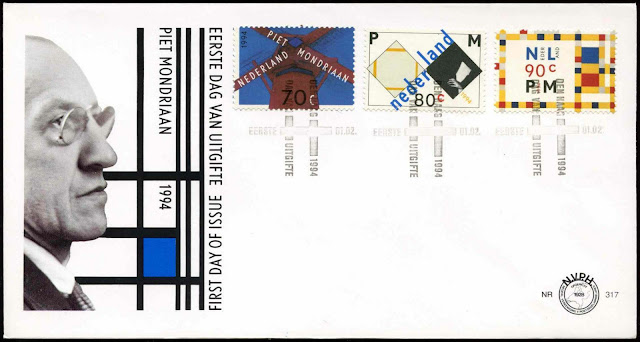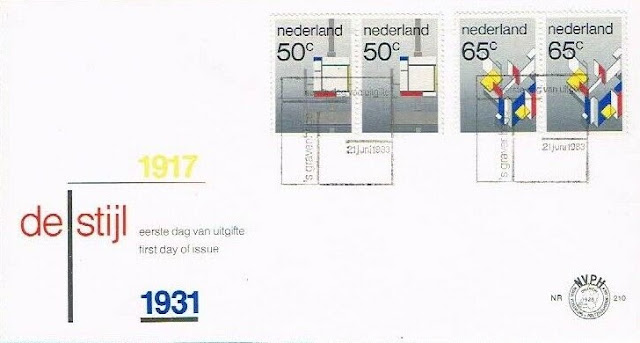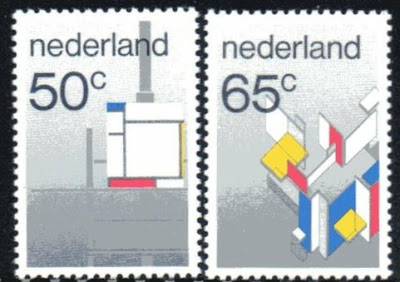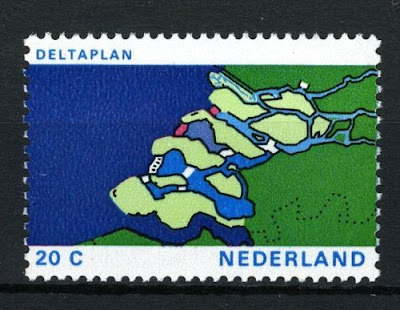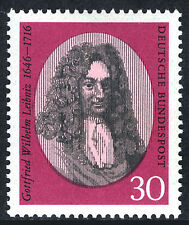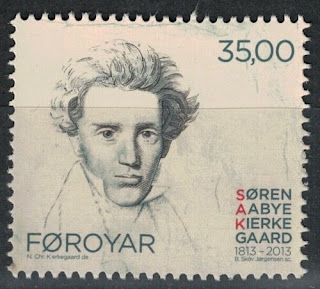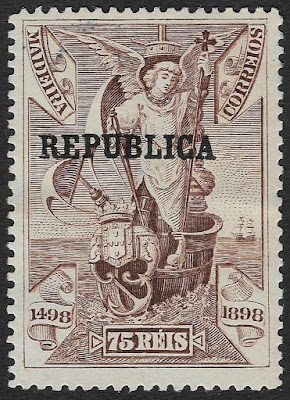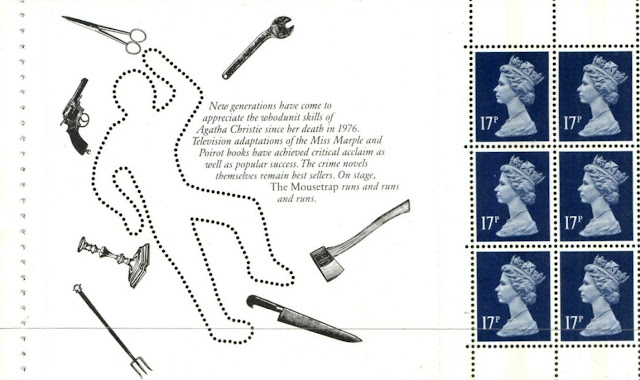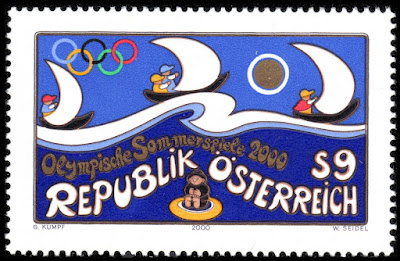1882 Born: James Joyce, Irish novelist, short story writer, and poet (d. 1941)
1922 – Ulysses by James Joyce is published.
James Augustine Aloysius Joyce (2 February 1882 – 13 January 1941) was an Irish novelist, short story writer, poet, teacher, and literary critic. He contributed to the modernist avant-garde and is regarded as one of the most influential and important authors of the 20th century. Joyce is best known for Ulysses (1922), a landmark work in which the episodes of Homer's Odyssey are paralleled in a variety of literary styles, most famously stream of consciousness. Other well-known works are the short-story collection Dubliners (1914), and the novels A Portrait of the Artist as a Young Man (1916) and Finnegans Wake (1939). His other writings include three books of poetry, a play, his published letters and occasional journalism.
Joyce was born in Dublin into a middle-class family. A brilliant student, he briefly attended the Christian Brothers-run O'Connell School before excelling at the Jesuit schools Clongowes and Belvedere, despite the chaotic family life imposed by his father's unpredictable finances. He went on to attend University College Dublin.
In 1904, in his early twenties, Joyce emigrated to continental Europe with his partner (and later wife) Nora Barnacle. They lived in Trieste, Paris, and Zürich. Although most of his adult life was spent abroad, Joyce's fictional universe centres on Dublin and is populated largely by characters who closely resemble family members, enemies and friends from his time there. Ulysses in particular is set with precision in the streets and alleyways of the city. Shortly after the publication of Ulysses, he elucidated this preoccupation somewhat, saying, "For myself, I always write about Dublin, because if I can get to the heart of Dublin I can get to the heart of all the cities of the world. In the particular is contained the universal."
Irish stamps commemorating James Joyce
1907 Died: Dmitri Mendeleev, Russian chemist and academic (b. 1834)
Dmitri Ivanovich Mendeleev (often romanized as Mendeleyev or Mendeleef, 8 February 1834 – 2 February 1907) was a Russian chemist and inventor. He is best remembered for formulating the Periodic Law and creating a farsighted version of the periodic table of elements. He used the Periodic Law not only to correct the then-accepted properties of some known elements, such as the valence and atomic weight of uranium, but also to predict the properties of eight elements that were yet to be discovered.
In 1863, there were 56 known elements with a new element being discovered at a rate of approximately one per year. Other scientists had previously identified periodicity of elements. John Newlands described a Law of Octaves, noting their periodicity according to relative atomic weight in 1864, publishing it in 1865. His proposal identified the potential for new elements such as germanium. The concept was criticized and his innovation was not recognized by the Society of Chemists until 1887. Another person to propose a periodic table was Lothar Meyer, who published a paper in 1864 describing 28 elements classified by their valence, but with no predictions of new elements.
After becoming a teacher in 1867, Mendeleev wrote the definitive textbook of his time: Principles of Chemistry (two volumes, 1868–1870). It was written as he was preparing a textbook for his course. This is when he made his most important discovery. As he attempted to classify the elements according to their chemical properties, he noticed patterns that led him to postulate his periodic table; he claimed to have envisioned the complete arrangement of the elements in a dream:
I saw in a dream a table where all elements fell into place as required. Awakening, I immediately wrote it down on a piece of paper, only in one place did a correction later seem necessary.—Mendeleev, as quoted by Inostrantzev
On 6 March 1869, he made a formal presentation to the Russian Chemical Society, titled The Dependence between the Properties of the Atomic Weights of the Elements, which described elements according to both atomic weight (now called relative atomic mass) and valence. This presentation stated that
The elements, if arranged according to their atomic weight, exhibit an apparent periodicity of properties.
Elements which are similar regarding their chemical properties either have similar atomic weights (e.g., Pt, Ir, Os) or have their atomic weights increasing regularly (e.g., K, Rb, Cs).
The arrangement of the elements in groups of elements in the order of their atomic weights corresponds to their so-called valencies, as well as, to some extent, to their distinctive chemical properties; as is apparent among other series in that of Li, Be, B, C, N, O, and F.
The elements which are the most widely diffused have small atomic weights.
The magnitude of the atomic weight determines the character of the element, just as the magnitude of the molecule determines the character of a compound body.
We must expect the discovery of many yet unknown elements – for example, two elements, analogous to aluminium and silicon, whose atomic weights would be between 65 and 75.
The atomic weight of an element may sometimes be amended by a knowledge of those of its contiguous elements. Thus the atomic weight of tellurium must lie between 123 and 126, and cannot be 128. (Tellurium's atomic weight is 127.6, and Mendeleev was incorrect in his assumption that atomic weight must increase with position within a period.)
Certain characteristic properties of elements can be foretold from their atomic weights.
Mendeleev published his periodic table of all known elements and predicted several new elements to complete the table in a Russian-language journal. Only a few months after, Meyer published a virtually identical table in a German-language journal. Mendeleev has the distinction of accurately predicting the properties of what he called ekasilicon, ekaaluminium and ekaboron (germanium, gallium and scandium, respectively).
Russian and Portuguese stamps depicting Mendeleev and his periodic table








